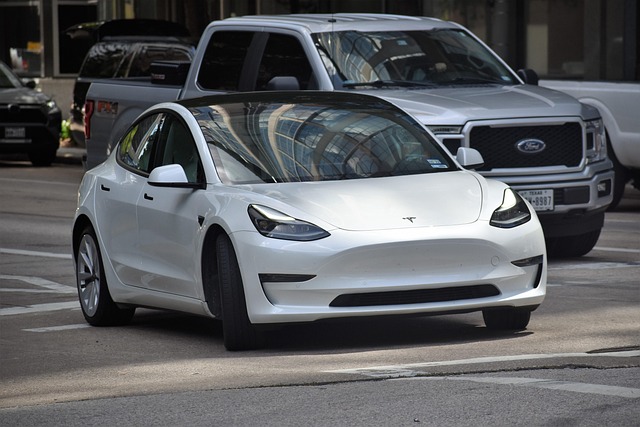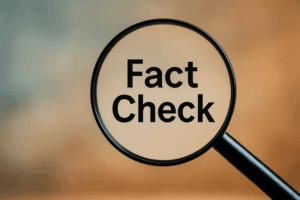
Recently, biased reports have circulated suggesting that Tesla’s 45% sales decline in Europe is driven by political backlash against Elon Musk who has vocally advocated for the principles of free speech and smaller govt.
That’s being very unfair to the Europeans. Surely they can support free speech, equality, and smaller govt.
So we decided to analyze the false claims.
A closer look at the market dynamics reveals that this claim is misleading.
The real reasons behind Tesla’s sales slump in the region are economic, not political.
Let’s break down the primary factors at play:
- Increased tariffs
- Subsidies for local automakers
- Intensified competition
- Strategic collaborations
1. EU Tariffs on Chinese-Made Teslas
One of the biggest contributors to Tesla’s declining sales figures in the EU is the increased cost of importing vehicles.
Many Tesla models sold in Europe, particularly the Model 3, are manufactured at the Shanghai Gigafactory.
The European Union has imposed higher tariffs on Chinese-made electric vehicles (EVs) to protect local automakers from what they see as unfairly priced imports.
These tariffs make Tesla’s Shanghai-produced models less competitive in terms of price compared to EU-based manufacturers.
According to a report from Reuters, potential EU tariffs on Chinese EVs could range from 10% to 25% (Reuters, 2023).
2. Subsidies Favoring European Automakers
In 2023, Germany allocated €2.5 billion in EV subsidies (Bloomberg, 2023).
European governments have long supported their domestic automotive industry with subsidies and incentives, and this trend continues in the EV market.
Countries like Germany and France offer generous incentives for customers who purchase locally manufactured electric vehicles.
These subsidies create a pricing advantage for brands such as Volkswagen, BMW, and Renault, making Tesla less attractive to price-conscious European consumers.
3. Typical Early Market Leader Dynamics
Tesla revolutionized the EV industry and enjoyed early dominance, but the competition has since caught up.
European automakers have aggressively expanded their EV offerings, improving battery technology, range, and affordability. Brands like Volkswagen’s ID series, BMW’s i4 and iX models, and Mercedes-Benz’s EQ lineup now present strong alternatives to Tesla’s vehicles.
Chinese brands such as BYD and Nio are also entering the European market, further intensifying competition.
With more choices available, Tesla’s market share was bound to decline.
According to Statista, Tesla held a 12.1% share of the European electric vehicle market in 2023. statista.com
Additionally, Autovista24 reports that Tesla’s market share in the European plug-in vehicle segment was 11.1% in 2024, down from 12.1% in 2023.
Tesla’s situation follows a common pattern seen across industries.
When a new market emerges, the first movers dominate due to a lack of competition. However, as the market matures, more players enter, and the pioneer inevitably loses market share.
This does not necessarily indicate a decline in demand for Tesla vehicles but rather the natural evolution of a competitive market where no single company can maintain dominance indefinitely.
5. Tesla’s Collaboration with German Automakers
While Tesla faces stronger competition, it has also adapted by forming strategic alliances.
Recently, Tesla has been working with German automakers to help them meet their stringent EV quotas. Reports suggest that Tesla is supplying technology and battery expertise to companies like Mercedes-Benz and BMW to help them accelerate EV production and comply with EU emission regulations (Financial Times, 2023).
This partnership demonstrates that Tesla is not just competing but also contributing to the broader EV ecosystem in Europe.
Tesla’s EU Sales Due to Politics is a Myth
The drop in Tesla’s European sales is not the result of a political backlash but rather a combination of economic realities.
Tariffs on Chinese-made Teslas, subsidies favoring local manufacturers, an increasingly competitive EV market, and Tesla’s strategic collaborations have all played a role in reshaping the landscape.
Tesla remains a major player in the global EV industry, but it now faces the same challenges that all market leaders do when their industry matures.
Instead of political narratives, a more nuanced understanding of economic forces provides the real explanation behind Tesla’s changing fortunes in Europe.

